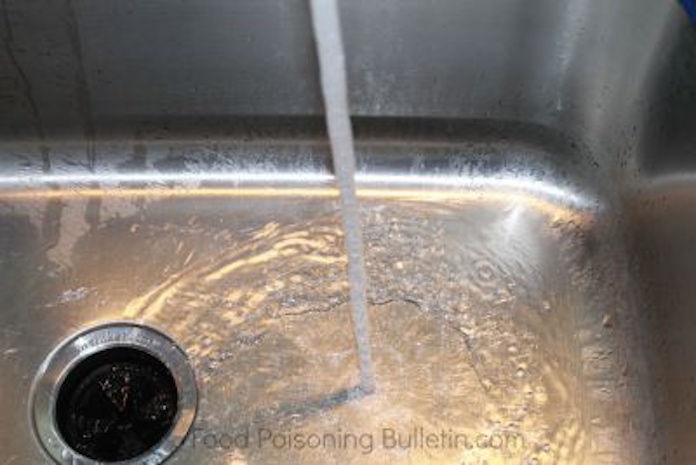Lead in water threatens infant health and development. This fact has been an issue in the United States for many decades. No amount of lead intake is safe. And children are especially susceptible to damage from this heavy metal, which can reduce IQ, damage the brain and nervous system, slow growth and development, and cause learning, behavioral, hearing, and speech problems.

A new report from Healthy Babies Bright Future, detailed in Consumer Reports, shows that risks of lead in tap water is especially dangerous to bottle fed babies. Eight hundred families had their water tested for lead for the study.
Ninety-seven of those households were located in New Orleans. Because the results for New Orleans were worse than the national tests, they were analyzed separately so as to not distort the national results. In New Orleans, only 5% of homes had no lead in the water.
The research showed that almost 80% of the homes outside of New Orleans had detectable lead levels in their tap water. Forty percent had levels that exceed 1 part per billion (PPB), the American Academy of Pediatrics recommended limit on lead in drinking water in schools. And 15% had levels of 3.9 PPB, which are “high enough to potentially cause at least a half-point drop in IQ in infants who are exclusively bottle-fed with formula mixed with tap water.”
Lead is found everywhere, in soil, ceramics, in paint in homes built before 1978, and in toys. It used to be in automobile fuel before the heavy metal was phased out starting in 1970 because of the Clean Air Act.
The problem with lead in water and bottle fed babies is that infants “drink a much greater volume of water per pound of body weight than older children or adults,” according to lJane Houlihan, Research Director at Healthy Babies Bright Futures. And in some areas of the country, where breastfeeding rates are low, this can have a devastating effect. The CDC says that only 26% of babies in this country are exclusively breastfed through the age of 6 months.
And pediatricians don’t screen infants for lead until they are one year old. That means these babies can be exposed to lead for and entire year before the parents would even have a clue that something is wrong.
The study isn’t considered nationally representative, though. Participants wanted to have the lead levels in their water checked. Still, only 21% of the homes tested had no detectable amounts of lead in the water.
Experts have said for ears that the EPA’s actionable limits on lead are too high to be safe, and the laws regulating the use of lead are too weak. The EPA does say that the lead level in drinking water shot be zero.
For now, parents should get a water filter that is NSF/ANSI 53 certified to remove total lead. You and use a pour-through pitcher or a faucet filter. A reverse osmosis filter is more expensive but also works well. The EPA recommends flushing your water lines for 45 seconds before collecting water to drink or cook with to clear out stagnant water in the line. And sue cold water for drinking, cooking, and baby formula because hot water can leach metal from pipes.




